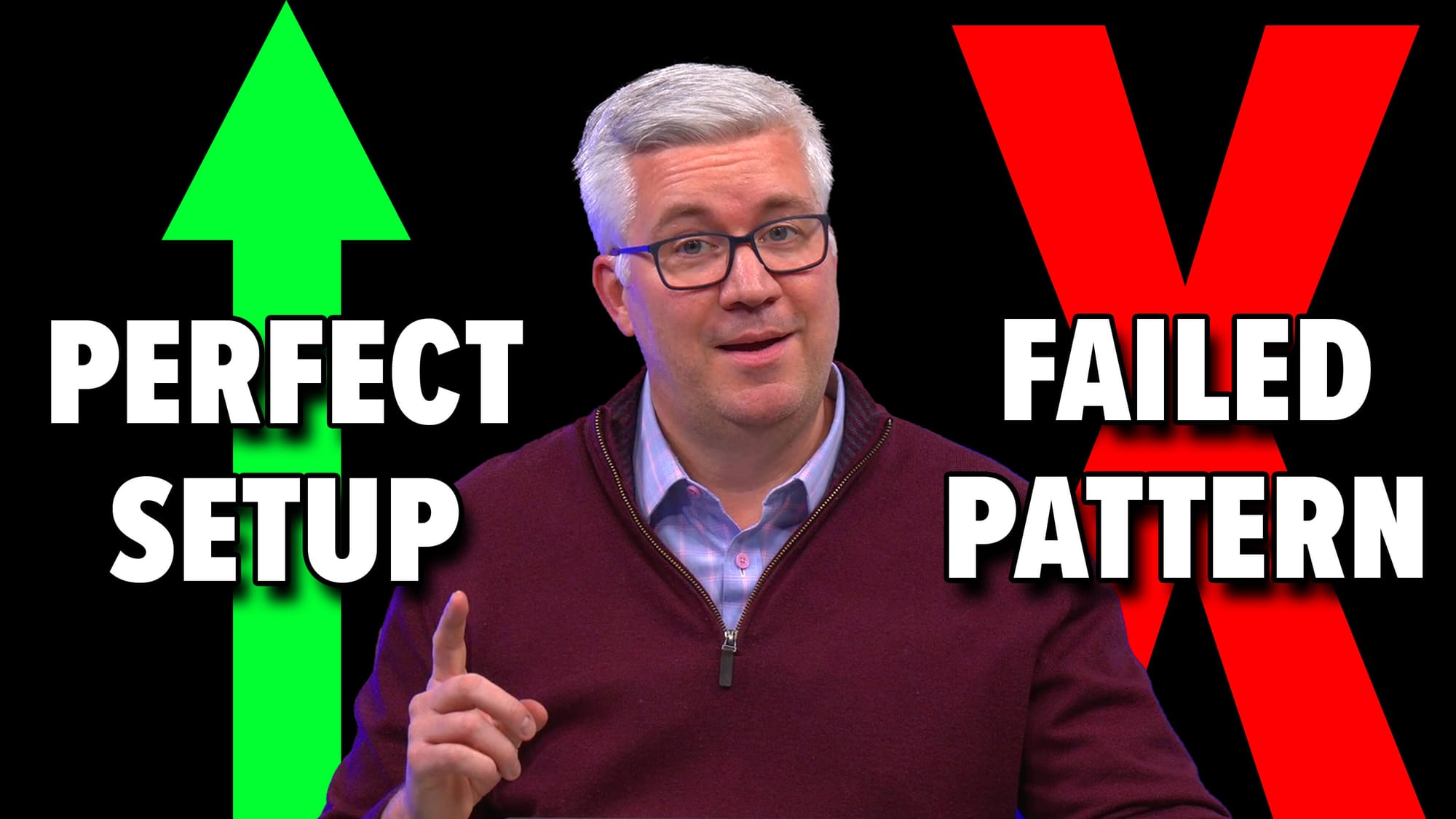TRANSPORTS TUMBLE -- RUSSELL 2000 SMALL CAP INDEX LEADS MARKET LOWER -- MARKET INDEXES TURN DOWN AT 50-DAY AVERAGES -- TAKE A LOOK AT BEAR FUNDS
TRANSPORTS LOSE 3% AND BREAK SUPPORT LINE... The market lost another one of its leaders -- the transportation group. The Dow Transports tumbled more than 3% today and was the day's worst group. What's worse the transportation index tumbled beneath its 50-day moving average in very decisive fashion. Its relative strength line, which had continued to climb into March, has started to fall as well. That means that the transports are now helping to pull the market lower -- instead of helping to hold it up. A number of rail and trucking stocks fell on heavy volume. Instead of the transports pulling the industrials higher, it now looks like just the opposite is happening. That leaves only the defensive utilities still in an uptrend -- although they lost ground today.

Chart 1
CNF BREAKS 200-DAY LINE- ... CNF Transportation was the biggest loser in the transportation group. Its daily chart shows the trucking firm tumbling beneath its February low and its 200-day moving average. Another trucker -- Yellow Corp -- gapped beneath its 50-day line on the heaviest trading in six months. That's a bearish combination. The rails also moved south. Norfolk Southern broke its 50-day line on rising volume. Those hoping that a resilient transportation group was signaling economic growth -- and a higher stock market -- suffered a serious setback today.

Chart 2

Chart 3

Chart 4
WHICH SMALL CAP INDEX DO WE USE? ... Early last week I wrote about loss of leadership by small cap stocks during 2005 and the potentially negative impact on the stock market (March 29, 2005). That's because small caps usually rise faster in an uptrend, and fall faster in downtrends. A weak small cap group also weakens market breath (since there are more small stocks than large). Some analysts have claimed that small caps have actually done better this year. Who's right? It depends on which small-cap index you use. Chart 3 shows the S&P 600 Small Cap Index (SML) which has done a little better than the S&P 500 Large Cap Index since the start of the year -- although it has broken its 50-day average. Chart 4 shows that the Russell 2000 Small Cap Index (which is one I prefer to use) has done much worse than the S&P 500. Its relative strength line peaked in December and is threatening its 2005 low -- as are the price bars. The RUT was one of today's worst performers (in a falling market) and appears headed for another test of its a test of its January low and its 200-day moving average. I would take that test very seriously.

Chart 5

Chart 6
APRIL COULD BE A CRUEL MONTH... Since April has historically been a good month for the Dow, those hoping for a spring rebound have to be discouraged by this week's poor market action. An oversold bounce during the first four days of the week took place on noticeably light volume. Virtually all of the major stock indexes met resistance at their 50-day moving averages and then fell heavily on Friday. That doesn't look like a market that's on the verge of a strong rebound. While it's true that the market often does rebound in April, it's also true that April ends the strongest six months of the year that starts in November. The market then usually weakens from May through October. I wouldn't wait until May to do some selling (or taking some defensive action). Chart 7 shows that the Dow may be headed for another test of its January low and its 200-day moving average. While I believe that the Dow has already peaked, a decisive close at a new 2005 low is needed to confirm that bearish view.

Chart 7
WHAT TO DO?... Last Friday I suggested a strategy of selling into an oversold bounce -- possibly to 50-day moving averages. Chart 8 shows the S&P 500 SPDR (SPY) backing off from that line on Friday on rising volume. That suggests to me that the short-term rebound may have run its course. Basic materials (led by steel) and energy were Friday's two weakest sectors. While that may be good for stocks longer-term, it's a short-term negative since it means loss of two former pillars of market strength. Unless some other group takes over market leadership, the market could be in danger of an April breakdown. Until the market starts to show more impressive signs of stabilization, I don't recommend committing new funds on the long side. If you haven't already done so, please read Tuesday's message on bear funds (April 05, 2005). On Monday, I recommended buying an inverse fund on dips in anticipation of an eventual upturn. I would become a more aggressive buyer on any bear fund that closes over its January high and/or its 200-day moving average.

Chart 8







